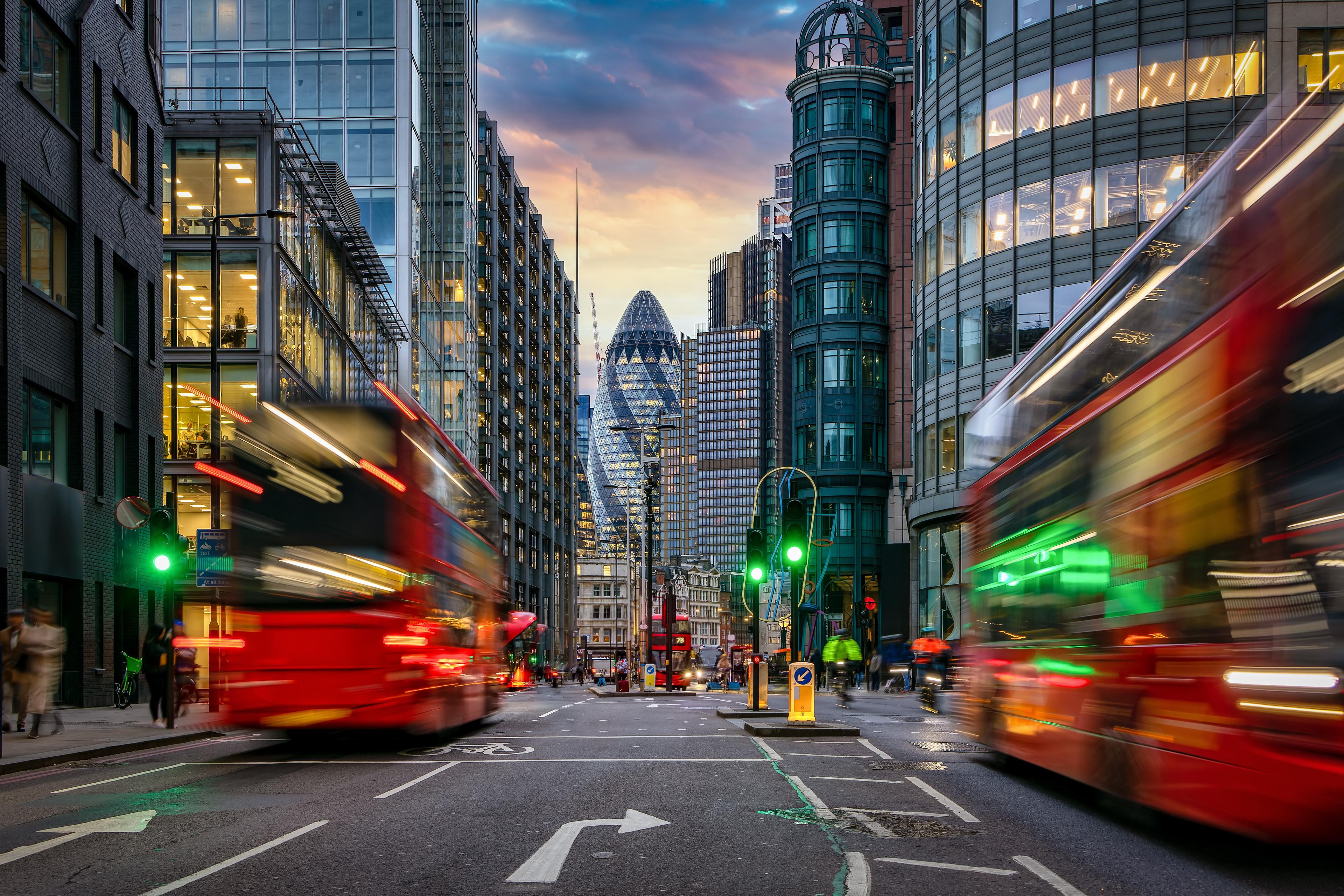Rising urban connectivity: Hong Kong
by Sara Veale
2024
This article is part of FSF10, our series revisiting previous projects and campaigns in honour of the FSF’s tenth anniversary.

Diverse and developed
Our scorecard awarded Hong Kong, another global city, an overall score of C, ranking it highly on the accessibility and public transport fronts, but low for mobility and breathability.
Hong Kong’s transport network is highly developed, and includes a range of ferry services that connect the Kowloon Peninsula with its outlying islands as well as nearby Macau and cities in Southern China. In 2021 the city ranked first among 25 metropolitan cities in a sustainable development index by McKinsey. However, private car use has rocketed in recent years, leading to mounting congestion and pollution problems.
Cycling/pedestrian infrastructure
Hong Kong’s bike and foot network was graded D- in our scorecard, primarily due to the low breadth and quality of its cycling infrastructure. The city’s hilly topography and unpredictable weather are part of the issue, but so are its narrow, car-heavy roads, which leave little room for safe cycle lanes. The 2022 Global Bicycle Cities Index ranked Hong Kong 84 out of 90 for bike-friendliness, and there’s little in the works to remedy this.
The pedestrian environment, however, is decent and improving thanks to the Transport Department’s ongoing Walk in HK initiative, which encourages people to make short journeys by foot rather than mechanised transport. A series of pedestrian schemes were implemented across Central, Causeway Bay, Wan Chai and beyond in 2021, including more than 40 traffic calming measures. Proposals are also in place for hillside escalator links to enhance accessibility in areas with steep inclines.
Jake’s view: “If you can afford to live centrally in Hong Kong, it works brilliantly as a 15-minute city. It’s such a dense city, with so much high-rise housing at its heart – it’s very walkable. I worked there for a few months in 2020 and really enjoyed walking the vibrant streets every day to get to Make’s studio in Central. There are so many cafes, restaurants and markets to get swept up in.”

Public transport network
Honk Kong’s public transport network – which earned an A in our scorecard – includes metro, rail, light rail, tram, funicular and bus services. The city sports the highest rate of daily public transport use in the world, with around 90% of citizens’ journeys taken on public transit. A 2022 study from the Oliver Wyman Forum recently put Hong Kong first in the world for public transit efficiency, affordability and speed.
Several major developments have helped propel the network in recent years, including the introduction of the Guangzhou-Shenzhen-Hong Kong Express Rail Link in 2018, which connects Hong Kong to a 40,000km national high-speed rail network. A handful of new metro lines and stations are also in progress to extend railway infrastructure. The current railway network serves areas where around 70% of citizens live and 80% of them work.
Jake’s view: “I used the metro sometimes during my stay, usually to go further afield than Central, and found it easy to navigate – it has a very international feel. The tram is a good way to get around parts of Hong Kong Island, and I enjoyed catching the Star Ferry across to Kowloon. I’d say Hong Kong has the best options for public transport when compared to London and Sydney, especially if you want to make a spontaneous trip to meet someone."

Breathability
Hong Kong received an E+ for breathability, our study’s third-lowest score in this category, just ahead of Beijing (F+) and Dubai (F). Air pollution is a serious problem due to high emissions from local sources like cars, container ships and coal-fired power stations; seasonal winds also bring pollutants from mainland China. The low air quality has accelerated the number of citizens with asthma and cardio-respiratory issues, and means that for around a third of the year visibility can be less than 8km in any direction.
Efforts to address this in recent years include the introduction of liquefied petroleum gas and electric light buses, new bus-rail interchanges, and vehicle emission reduction measures. New roadside sensors, for example, are helping reduce carbon monoxide and nitrogen oxide by identifying offending vehicles and requiring them to pass emissions tests. In 2021, the government announced a new roadmap for adopting electric vehicles and supporting facilities as part of a goal to achieve zero vehicular emissions by 2050.
Jake’s view: “The first time I visited Hong Kong, it was summer – the peak smoggy period. The combination of heat, humidity and pollutants meant breathability was very low and the air was overcast. I found it quite stifling. But when I returned to work there over the winter and spring, it was much clearer and more breathable. I think it really changes based on the season."


